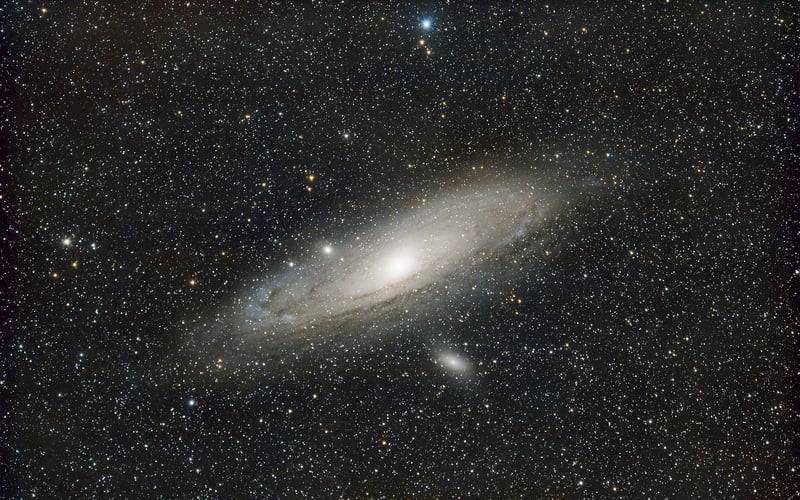Cosmic Coordinates
Charting the Galaxy and Cosmic Coordinates
Exploring the vast expanse of the galaxy and understanding cosmic coordinates can be a fascinating journey into the mysteries of the universe. Let's delve into the basics of charting the galaxy and cosmic coordinates to navigate the celestial realm.
Galaxy Overview
The galaxy we reside in is the Milky Way, a vast spiral galaxy containing billions of stars, planets, and celestial objects. Understanding the structure and composition of our galaxy is crucial in unraveling the secrets of the universe.
Cosmic Coordinates
Cosmic coordinates are used to pinpoint the location of celestial objects in the sky. The two primary coordinates used in astronomy are Right Ascension (RA) and Declination (Dec). RA is similar to longitude on Earth, while Dec is akin to latitude.
Charting the Galaxy
Charting the galaxy involves mapping out the positions of stars, galaxies, and other celestial bodies. Astronomers use tools like telescopes, star charts, and computer software to plot the locations of these objects in the night sky.
Tools for Charting
- Telescopes: Powerful telescopes help astronomers observe distant objects in the galaxy.
- Star Charts: Detailed maps of the night sky aid in identifying and locating celestial bodies.
- Computer Software: Specialized software like Stellarium assists in simulating the night sky and plotting cosmic coordinates.
Importance of Charting
Charting the galaxy is essential for various astronomical studies, including understanding the evolution of stars, identifying celestial phenomena, and mapping out the structure of the universe.
Exploring the Universe
Embark on a journey to explore the wonders of the galaxy and cosmic coordinates. Charting the galaxy unveils the beauty and complexity of the universe, inviting us to gaze upon the stars with awe and wonder.

Join us as we navigate the cosmic coordinates and chart the galaxy, unraveling the celestial mysteries that lie beyond.
